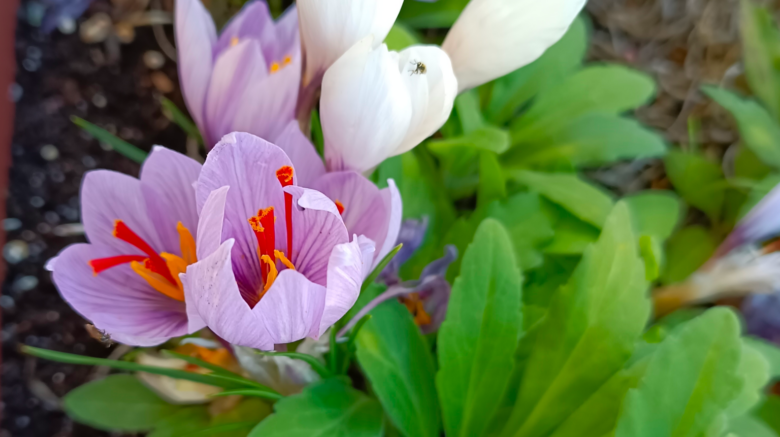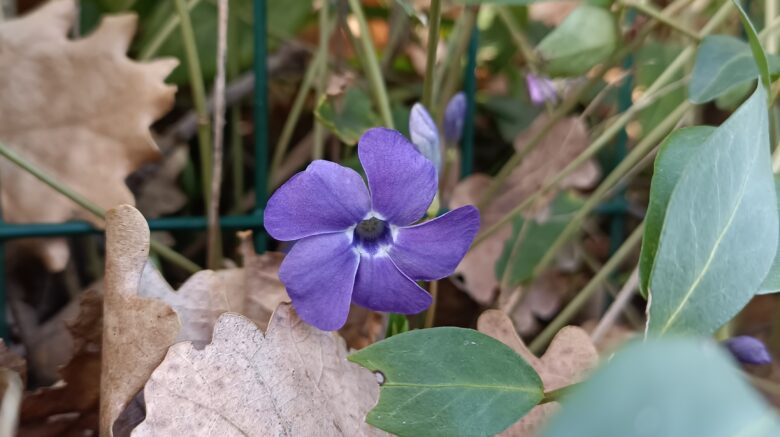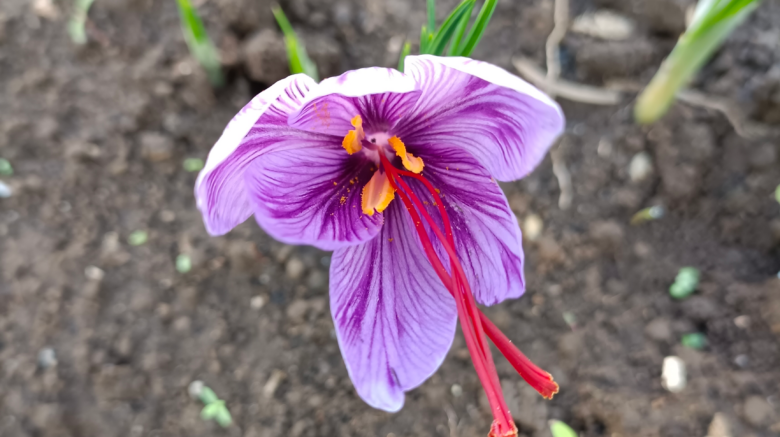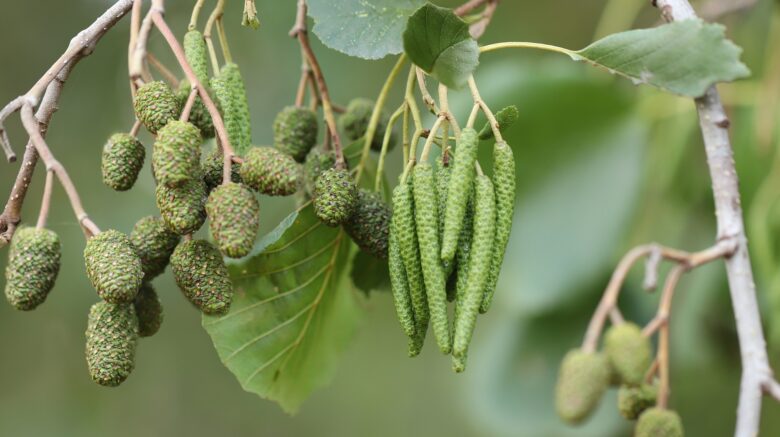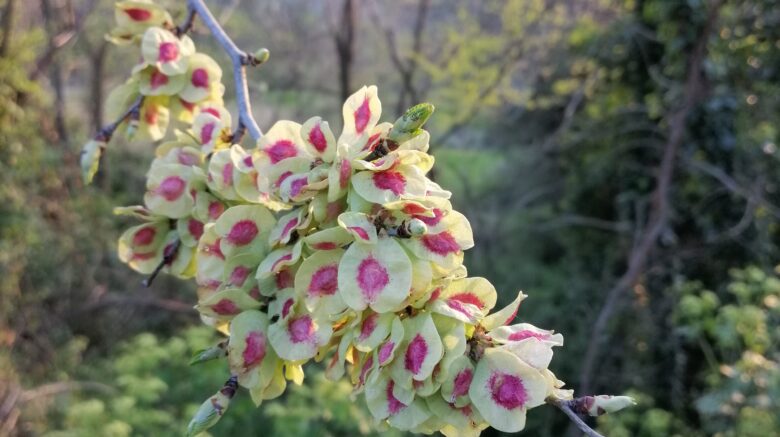Order: Asparagales Link (APG IV), Liliales Perleb (Cronquist)Family: Iridaceae Juss.Tribe: Croceae Crocus L. species are bulbous (generally provided with a corm1) or, occasionally, rhizomatous geophytes. Both spring-flowering (e.g., C. vernus (L.) Hill. C. biflorus Mill.) and autumn-flowering (C. sativus L., C. cartwrightianus Herb., C. longiflorus raf.) species exist. The former usually bloom in early spring (C. vernus flowers …
Crocus sativus L. – Monograph
